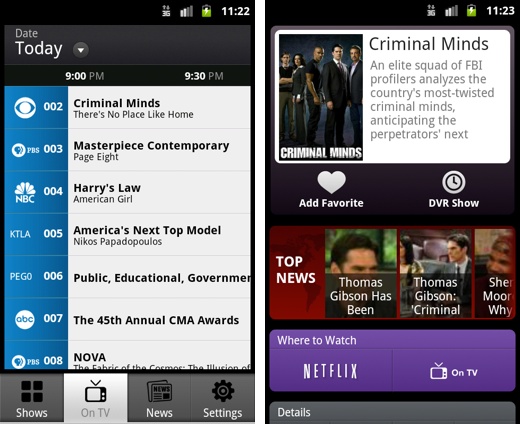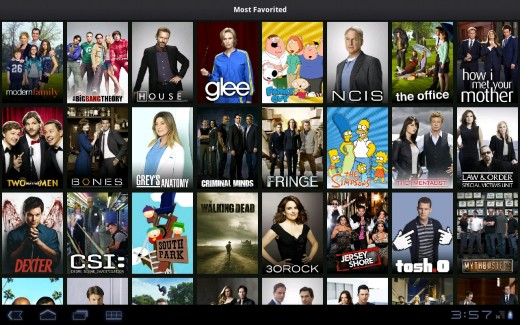Taiwanese smartphone maker
HTC today announced its monthly sales figures for November, posting financials that highlighted a 30% drop in sales from October, and 20% down on the same period in 2010.
The world’s fourth biggest smartphone manufacturer reported consolidated sales for November dropped to T$30.94 billion ($1.03 billion) from T$38.48 billion ($1.27 billion) a year ago and T$44.11 billion ($1.46 billion) in October 2011.
In November, HTC revised its revenue estimates in the fourth quarter, warning investors that increased competition in the smartphone market and a hostile economic climate would affect revenues. The company slashed estimates by as much as 23% as sales slowed quarter-on-quarter for the first time in two years.
It’s a stark contrast to HTC’s sales performance earlier in the year; in August sales peaked at $1.56 billion, an increase of 83.3% year on year. It was a new monthly sales record for the company, which also saw it announce plans to acquire mobile service provider Dashwire for $18.5 million.
The Android and Windows Phone device maker posted a small increase on its June sales, which stood at T$45.05 billion ($1.55 billion), with sales reaching T$24.61 billion a year earlier.
Strong sales from Apple and Samsung led HTC to predict its fourth-quarter revenue would be the same as it was in 2010, reaching around $3.4 billion. It previously issued guidance that it would see sales upwards of $4 billion.
Today’s filing will do little to reassure HTC investors after the company’s share price yesterday
plummeted to a 17-month low ahead of a potential device ban in the U.S as a result of a legal fight against Apple. The Cupertino-based company continues to squeeze HTC over its device designs but is also eating into its sales following the release of the iPhone 4S.






 7:21 PM
7:21 PM
 Simranpal SIngh
Simranpal SIngh
























 )
)




